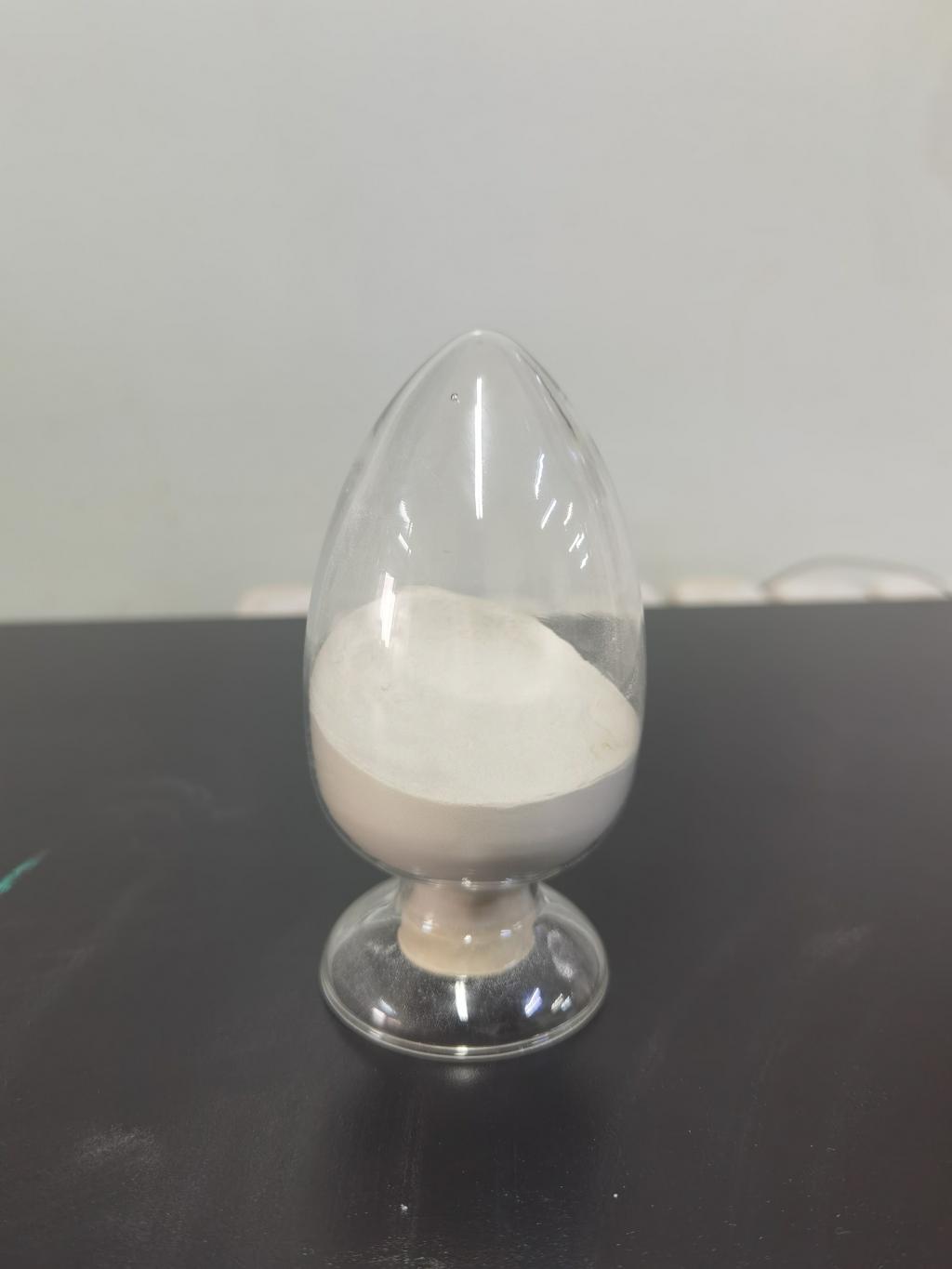Tel:+8618231198596

News
 CONTACT
CONTACT
 CONTACT
CONTACT
- Linkman:Linda Yao
- Tel: +8618231198596
- Email:linda.yao@dcpharma.cn
- Linkman:CHARLES.WANG
- Department:Overseas
- Tel: 0086 0311-85537378 0086 0311-85539701
News
Nisin's role in preventing the growth of spoilage microorganisms.
TIME:2024-04-10
Understanding Nisin:
Nisin is a naturally occurring antimicrobial peptide produced by certain strains of the bacterium Lactococcus lactis. Discovered nearly a century ago, nisin has been extensively studied for its antimicrobial properties and has found widespread application as a food preservative. Its mode of action involves disrupting the cell membrane of target bacteria, leading to cell lysis and ultimately, microbial death.
One of the key advantages of nisin is its broad spectrum of activity against various spoilage microorganisms, including bacteria such as Listeria monocytogenes, Bacillus cereus, and Clostridium botulinum, as well as some fungi and yeasts. This makes it particularly well-suited for preserving a wide range of refrigerated and frozen foods, where microbial growth can occur during storage and transportation.
Applications of Nisin in Food Preservation:
Nisin's effectiveness in preventing microbial spoilage has led to its widespread adoption in the food industry. It is commonly used as a preservative in a variety of refrigerated and frozen foods, including dairy products, meats, seafood, ready-to-eat meals, and frozen desserts. In these products, nisin helps inhibit the growth of spoilage microorganisms, thereby extending their shelf life and maintaining their quality over time.
One notable application of nisin is in the preservation of dairy products such as cheese and yogurt. These products are susceptible to contamination by spoilage bacteria and molds, which can lead to off-flavors, texture changes, and reduced shelf life. By incorporating nisin into the production process, manufacturers can suppress the growth of these microorganisms and ensure the freshness of their dairy products throughout storage and distribution.
Similarly, in the case of meats and seafood, nisin helps prevent bacterial contamination and delay the onset of spoilage. This is particularly important for products that undergo refrigerated or frozen storage, where temperature fluctuations and microbial activity can compromise their safety and quality. By including nisin as a preservative, manufacturers can extend the freshness of these perishable foods and minimize the risk of foodborne illnesses.
Mechanisms of Nisin Action in Refrigerated and Frozen Foods:
The efficacy of nisin in extending the freshness of refrigerated and frozen foods stems from its ability to disrupt the cell membranes of target microorganisms. At refrigeration temperatures, microbial growth is slowed but not completely halted, allowing spoilage bacteria to proliferate over time. Nisin acts by binding to lipid II, a precursor molecule involved in bacterial cell wall synthesis, and forming pores in the cell membrane. This disrupts the membrane integrity, leading to leakage of cellular contents and ultimately, cell death.
In frozen foods, where microbial growth is effectively halted due to low temperatures, nisin serves a different purpose. While freezing can preserve the freshness of foods by inhibiting microbial activity, certain microorganisms such as psychrotrophic bacteria and yeasts can still survive and remain dormant. Upon thawing, these microorganisms can resume growth and cause spoilage. By incorporating nisin into frozen foods, manufacturers can inhibit the growth of these residual microorganisms and extend the shelf life of their products beyond thawing.
Safety and Regulatory Considerations:
As with any food additive, ensuring the safety of nisin is of paramount importance. Extensive research has demonstrated the safety of nisin when used within regulatory limits. Regulatory agencies such as the U.S. Food and Drug Administration (FDA) and the European Food Safety Authority (EFSA) have evaluated the safety of nisin and established maximum permitted levels for its use in food products.
Furthermore, nisin is generally recognized as safe (GRAS) for use in food by regulatory authorities around the world. Its long history of safe use in food preservation, coupled with its natural origin, further reinforces its status as a safe and effective preservative for refrigerated and frozen foods.
Future Perspectives:
Looking ahead, the role of nisin in extending the freshness of refrigerated and frozen foods is poised to grow as consumer demand for natural and minimally processed products continues to rise. Advances in biotechnology and fermentation techniques may lead to improved production methods for nisin, making it more accessible to food manufacturers and expanding its applications across different food categories.
Additionally, as concerns about food waste and sustainability become increasingly prominent, the use of natural preservatives like nisin can play a crucial role in reducing food losses and maximizing the utilization of resources. By extending the shelf life of refrigerated and frozen foods, nisin helps minimize product waste and contributes to a more sustainable food supply chain.
Conclusion:
In conclusion, nisin stands as a powerful ally in the preservation of freshness in refrigerated and frozen foods. Its natural origin, broad spectrum of activity, and proven efficacy make it a valuable tool for food manufacturers seeking to ensure the safety and quality of their products. By incorporating nisin into their formulations, manufacturers can extend the shelf life of perishable foods, reduce food waste, and meet the evolving needs of consumers for safe, fresh, and sustainable food options.
- Tel:+8618231198596
- Whatsapp:18231198596
- Chat With Skype







